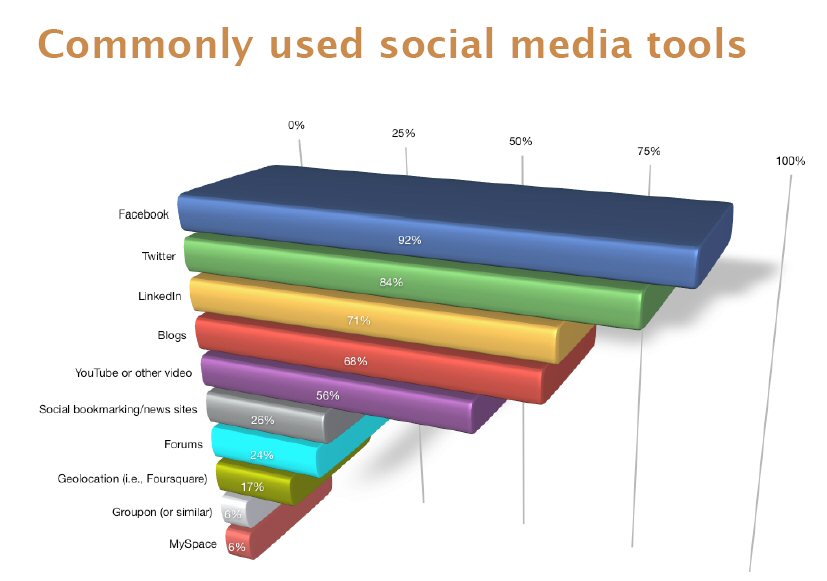Online Destinations that Influence a Consumer to Buy
 According to new research, there are three places online that are most likely to influence a consumer to make a purchase:
According to new research, there are three places online that are most likely to influence a consumer to make a purchase:
- "Retail" websites like Lawyers.comSM
- "Brand" websites, like a law firm's site
- Blogs
Also topping the list were Facebook, and online forums and groups like Ask a Lawyer. The new findings in theTechnorati Media 2013 Digital Influence Report confirm that the best way for lawyers to attract new clients online is to market around the way that consumers behave.
Technorati is an Internet search engine for searching blogs. It surveyed 6,000 "influencers" (bloggers), 1,200 consumers and 150 top brand marketers. "Brand managers report an expected increase in budgets for digital marketing in the upcoming year," Technorati reported.
Retail websites
Consumers love to go to retail websites like Amazon.com or Zappos.com - online shopping centers where people can find many brands. In this sense, Lawyers.com, which gets more than 6 million page views per month, is a "retail" site - where consumers can find tens of thousands of lawyer profiles.
On Lawyers.com, consumers can easily find out many lawyers' expertise, website and contact information, and can compare attorneys by peer and client ranking. Online reviews can be a great source of new clients. Lawyers.com andmartindale.com® are the top online directories used by consumers who sought an attorney in the past year, according to the Attorney Selection Research Study by The Research Intelligence Group (TRiG).
Brand websites
In contrast, a "brand" website displays information about one kind of product or service, like Microsoft or Google. A brand website is an online store, the digital equivalent of an Apple store at a shopping mall.
"Today's consumers are increasingly comfortable going online to find answers for all kinds of issues, including legal ones," says Samantha Miller, vice president of product, Web Visibility Solutions, LexisNexis Martindale-Hubbell. "Law firm websites need to capture consumers' attention and engage them, while serving as part of a larger marketing campaign."
There's no doubt that attorney websites still matter. More than one in three potential consumers of legal services turn to law firm websites to find a lawyer, and 26 percent have checked out a firm's website in order to validate an attorney, according to the TRiG research.
Lawyer blogs
It's clear to see why blogs also influence people to make a purchase. Consumers begin their search for a lawyer by researching their legal issue. The ideal place for them to learn a particular aspect of the law is on an attorney blog. And once a consumer has read a good blog post, who better to call than the lawyer who wrote it?
To learn more about what we can do for you and get a free Website Evaluation and Consultation, contact a LexisNexis Law Firm Marketing Specialist.





